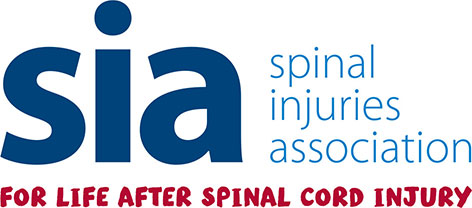Yet another case concerning liability of commercial premises for business rates has worked its way through the courts recently – in this instance, all the way to the Supreme Court.
The dispute being judged related to the question of whether multiple floors of a multi-level property that are occupied by a single business should be regarded as a single unit for the purposes of assessing the applicable non-domestic rates.
In the case in point, an accountancy firm occupied the second and sixth floors of a block under separate leases. The two floors were separated by common parts and had been entered as separate units ('hereditaments') in the relevant rating list. There was a substantial reduction in the total non-domestic rates bill in the offing if the two floors were rated together compared with that applicable were they rated separately.
The firm argued that the two floors should be treated as a single hereditament for rating purposes. This argument succeeded before property tribunals and the Court of Appeal.
However, in allowing the local authority valuation officer's appeal, the Supreme Court found that the two floors were separate hereditaments. In giving straightforward and workable guidance, the Court noted that the floors were self-contained and not adjoining. Save in exceptional circumstances, the fact that different floors in a block were in common occupation would make no difference for rating purposes.
Supreme Court Guidance on Rating of Office Blocks







